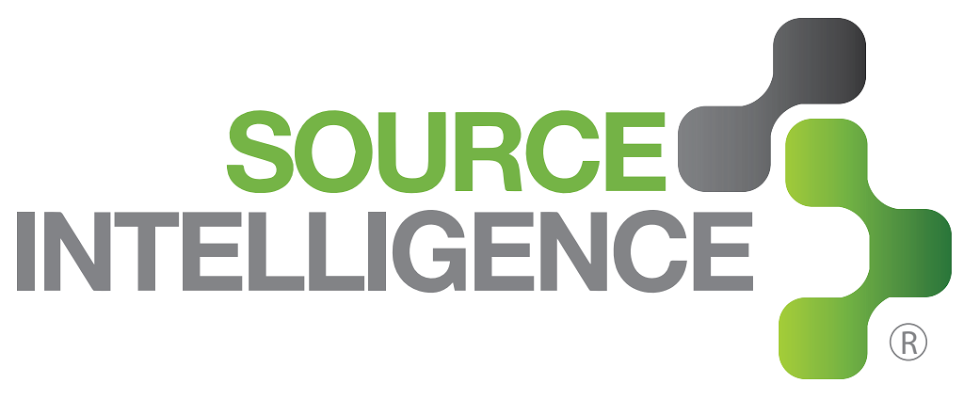Congo Conflict
Armed militia, in the Democratic Republic of the Congo, breach Human Rights and monopolize the regions for Conflict Minerals, often referred to as the “3TG’s”: tantalum, tin, tungsten, and gold. Citizens face sexual terrorism, genocides and human slavery to mine these black market minerals. The crusade in the Congo has reached over 5.4 million civil deaths, quadrupling more deaths than any Historical American War combined, leaving a devastating aftermath in the eastern provinces of Africa. Time Magazine is noted for calling this the “Deadliest War in the World”.
Conflict Minerals are utilized in almost all manufactured products and are responsible for fueling violent rebel attacks. The consumption of the minerals fund grave human rights abuses by going into the pockets of warlords who dominate African mines for trade and outsourcing. Many people have questioned what is being done to prevent further damage to the people of Africa and how consumers can personally make a difference in stopping the war on Conflict Minerals.
In August 2011 the SEC created the final rule for Dodd-Frank Wall Street Reform and Consumer Protection Act regarding the manufacturing of Conflict Minerals. While still in infancy the law has quickly set into motion the standards of Due Diligence, requiring all U.S. publicly traded companies to report whether their supply chains contain Conflict Minerals and if so to mitigate all use.
On May 31, 2014 under Section 1502 of the SEC’s Conflict Minerals Rule, U.S. publicly traded companies will have to file a special disclosure for the 12-month reporting period ending on December 31, 2013. The aim of the rule, mandated by the Dodd-Frank Wall Street Reform and Consumer Protection Act, is to provide transparency into corporate practices and specifically to reduce funding for armed groups involved in human rights violations in the Democratic Republic of the Congo and surrounding countries. Section 1502 compels public disclosure for any issuer whose products are identified as containing one or more of the four conflict minerals (tantalum, tin, tungsten and gold also known as “3TG”) suspected to have originated in the DRC or surrounding countries. Said minerals are found in thousands of products ranging from electronics such as phones, televisions, and computers to jewelry, toothpaste, PVC pipe, and even anti-microbial fabrics. Minerals contained in products that are found to be sourced from the covered countries will trigger a “not found to be conflict free” disclosure, while minerals that are not found to be sourced from the covered countries will trigger a “conflict free” disclosure. Where an Issuer is unable to determine the source of 3TG minerals, an “Undeterminable” classification may be filed along with a Conflict Minerals Report detailing the reasonable and good faith effort to try to determine their origin.
On February 27, stakeholders in the ecosystem of supply chain and regulated materials compliance will be surprised to see the similarities and differences of program progress and supplier profiles across industries.
This benchmarking study will present ACTUAL data, aggregated by industry, to provide insights on:
-Conflict mineral programs in 2013
-Progress to completion of data collection over time
-Incidences of 3TG in the supply chain
-Supplier profiles (by industry and region)
-Challenges incurred in completing the process
-Hurdles of data verification
This report will be preceded by a February 27th webinar. In order to receive an early copy of the benchmarking report, register HERE for the webinar now.
By: Jahara Singh

